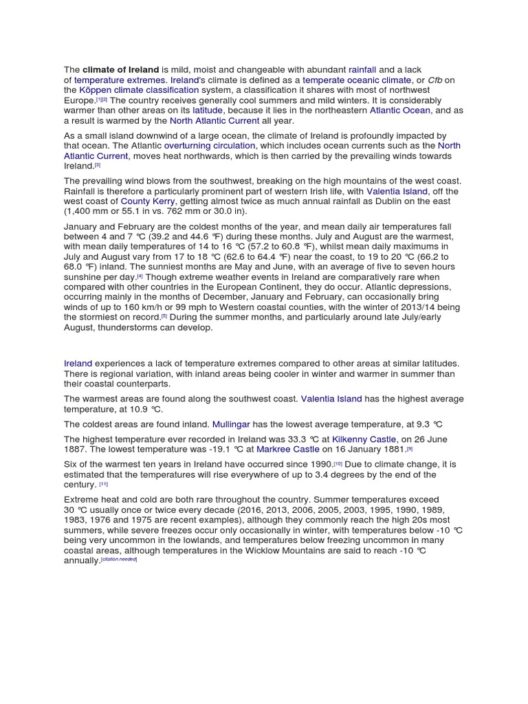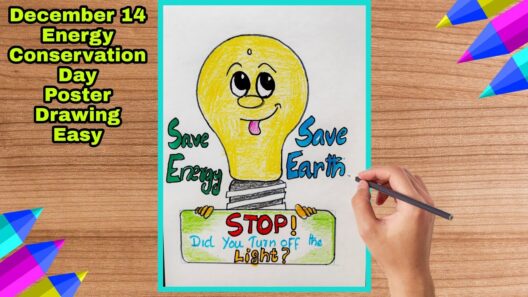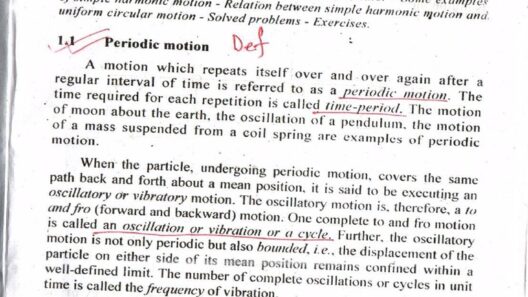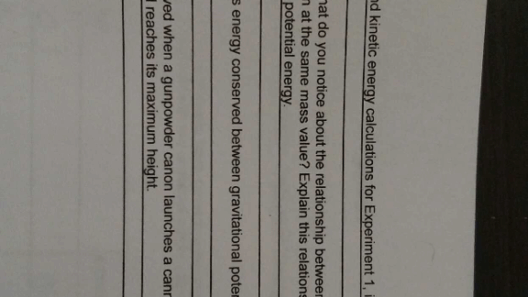In the grand tapestry of life on Earth, energy consumption stands as a vital thread, weaving through every aspect of modern existence. Each flick of a switch, every rev of an engine, weaves a pattern that, while convenient, often clouds the very air we breathe. In this narrative of consumption, a realization dawns: small actions lead to big change. By conserving energy, individuals can decrease air pollution and contribute to a larger redemption of our environment.
Energy conservation is akin to cultivating a garden in a barren landscape. Each small effort, whether it be turning off lights or embracing renewable energy sources, plants the seeds of change that, with nurturing, can flourish into profound impacts. To embark on this transformative journey, we must first explore the myriad methods available for energy conservation that simultaneously mitigate air pollution.
One of the simplest yet effective steps is to audit personal energy usage. Just as an artist examines their palette before creating a masterpiece, individuals can scrutinize their energy consumption patterns. Identify the dark corners of waste—overused electronics, draughty windows, or inefficient appliances. By replacing old appliances with energy-efficient models, akin to updating paintbrushes, one can drastically reduce energy consumption. These modern marvels often use less power while offering enhanced performance, creating a symbiotic relationship between convenience and conservation.
Embracing the light: switching to LED bulbs is a metaphorical revelation. Incandescent bulbs are akin to aging stars, burning brightly but inefficiently. In contrast, LED bulbs represent youthful brilliance, illuminating spaces while consuming a fraction of the energy. This transformation, though seemingly diminutive, can reduce a household’s energy use significantly, curbing demands on power plants and, consequently, diminishing air pollutants released into the atmosphere. The ripple effect of such action becomes apparent as individual change translates into communal benefit.
Transportation embodies another arena where energy conservation thrives. The automobile industry resembles a colossal beast, voraciously consuming energy and belching pollutants into the surrounding air. Yet, just as a gentle hand can soothe a wild creature, so can mindful commuting strategies tame this beast. Carpooling, public transport, biking, or walking serve as alternative routes, providing not only personal savings but also a reduction in emissions. Each decision to leave the car behind is a brushstroke on the canvas of sustainability, bringing clearer skies and fresher air.
Think of climate control within homes as the heartbeat of energy consumption. Just as one must attune their body to the rhythm of life, homes require thoughtful management of heating and cooling systems. Programmable thermostats serve as a conductor, orchestrating an efficient symphony of energy use. Setting temperatures wisely, accompanied by proper insulation, prevents those precious energy resources from escaping. This practice not only conserves energy but also keeps indoor environments comfortable, fostering health and wellbeing.
Water conservation integrates seamlessly into the narrative of energy efficiency. Heating water for various purposes is a silent energy guzzler, often overlooked. Installing low-flow fixtures is akin to adding a control valve to an exuberant stream, regulating flow and minimizing excess. Furthermore, washing clothes in cold water or using air-drying methods not only conserves energy but also preserves fabric lifespan. As each drop of water saved translates into energy conserved, the implications resonate outward into a more harmonious environment.
The proactive approach of renewable energy represents the dawning sun after a long, stormy night. Solar panels, wind turbines, and geothermal systems emerge as beacons of hope amid the overarching gloom of fossil fuel dependence. Investing in renewable energy sources may seem daunting, akin to climbing a formidable mountain, yet many programs exist to assist individuals in taking these monumental steps. Such investments offer returns beyond financial savings—they foster a cleaner environment, free from the toxins that plague our air.
Community engagement stands as the capstone in this edifice of energy conservation. Just as a single tree can blossom into a forest when nurtured, collective endeavors can spur widespread change. Participation in local initiatives, from tree-planting drives to energy conservation workshops, amplifies individual efforts. Grassroots movements illuminate paths toward significant air quality improvements, reminding us that while our actions may be small, they contribute to a larger vision, echoing through neighborhoods, cities, and nations.
Educational outreach serves as the glue, binding these methods into a coherent narrative advocating for energy conservation. Awareness campaigns illuminate the importance of understanding energy choices, akin to spreading the seeds of knowledge across fertile ground. Social media platforms and community forums become virtual gardens, fostering discussions about conserving energy and its implications for air pollution. The shared stories of progress inspire others to join in, creating a collective momentum that is difficult to halt.
As we examine our world, a pressing truth becomes evident: the tapestry of energy consumption holds both beauty and peril. It is an intricate weave, continuously influenced by our choices, actions, and aspirations. By grasping the profound significance of energy conservation, the path toward cleaner air is not merely an aspiration; it is a serene journey marked by small actions that culminate in substantial change. Through reflection, education, and community engagement, a transformative tapestry emerges, one that envelops us in the promise of a healthier planet for future generations.
In the end, the quest for energy conservation is not merely an objective; it is a responsibility we carry forward. Committing to small, mindful changes within our daily lives ultimately cultivates a sustainable ethos. As we sow these actions today, we reap the bounty of a livable, vibrant world tomorrow. Each step taken, no matter how small, contributes to a collective tapestry of hope, reminding us that together, our actions can weave a better future.







